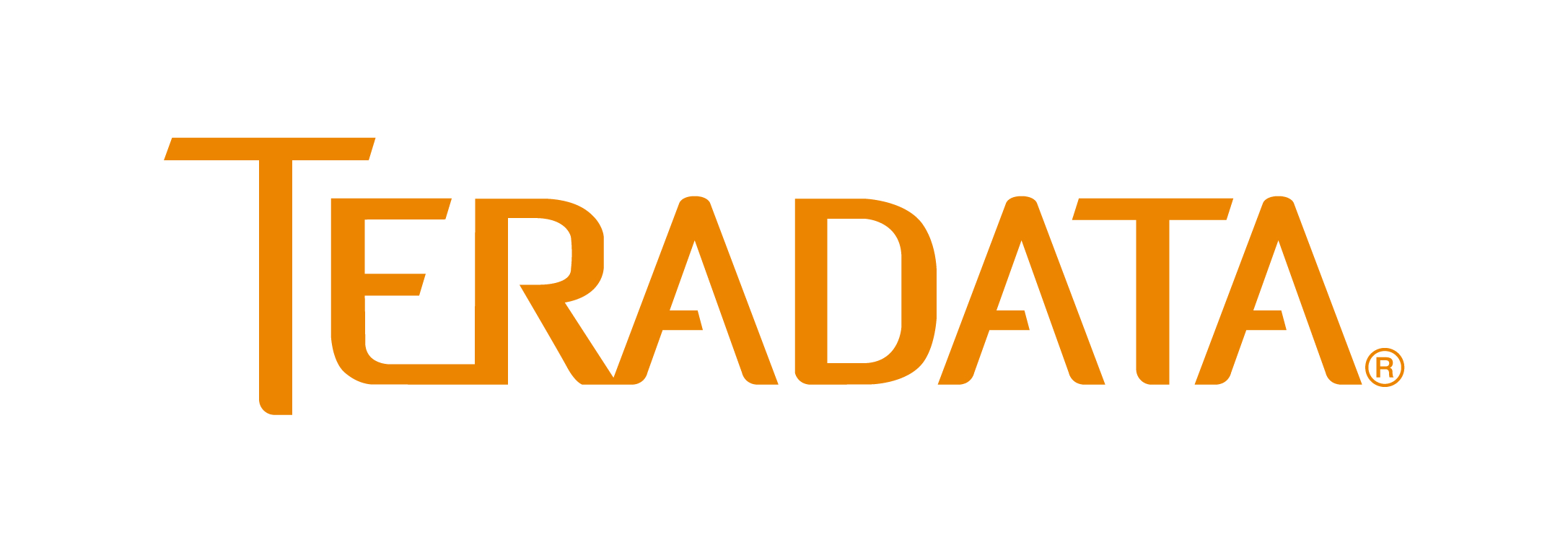Teradata doubles down


Teradata has long benefitted and suffered from its status as first mover when it comes to high-end data warehousing. Among the first to implement massively parallel processing, and with a SQL engine that can handle highly complex queries and appliances tailored for those workloads, Teradata has long been the gold standard in data warehousing.
In recent years, the company has seen challenges from Oracle, whose Exadata engineered system has targeted similar scenarios with a more multi-purpose platform that also handles transaction processing. But Teradata is getting more squeezed from Hadoop, which applies open source technology and the economics of commodity infrastructure to solving Teradata-scale problems; and the cloud, which offers an inexpensive and relatively quick onramp to deploying data marts.
Not surprisingly, Teradata has been under siege in recent years, having revenue declines, a run through several CEOs, and retrenchment after several ill-fated acquisitions.
Teradata's turnaround starts with identifying its addressable market. It will focus on the elite 500 organizations that have the most demanding analytic requirements. That's a switch from its previous focus on the Global 5000. At first blush, that sounds like an awfully narrow market for a publicly-traded entity. But there are several reasons why this is a very sane move.
First of all, most organizations can be readily satisfied by the Amazons, Microsofts, and Snowflakes of the world. Teradata's advantages go beyond the ability to query terabytes of data, as you can perform that with any SQL-on-Hadoop BI tool. Instead, the secret is Teradata's SQL engine and query optimization that supports advanced features such as complex table joins, common table expressions (that are useful for highly recursive queries), triggers, and so on. For most enterprises, those capabilities are overkill.
By directing its energy to the top 500 enterprises, Teradata can take the luxury of going deep. Selling a Teradata box has always required a long sales cycle, and this way, the company can direct its resources accordingly. Many of these are existing Teradata accounts where there are likely to be numerous pockets of non-Teradata users who could benefit from leveraging the data management and analytics capabilities of the mother ship.
But that begs the question of Teradata's dependence, and increased emphasis on, services. Unlike its main platform rivals (e.g., Oracle, Microsoft, or any of the cloud providers), professional services have always exceeded product revenues. But in the past year, that curve has ramped up sharply as services accounted for nearly two thirds of revenues.
Relying on consulting is a double-edged sword. On one hand, the Teradata platform is meant for addressing very complex analytics requirements that will typically require a high-touch approach to selling. And if you're going narrow but deep with your target market, it pays to get as embedded with your customers as possible. And with services, Teradata is developing some jumpstart-like solutions in areas such as Customer Journey, where it has harvested IP from repeated engagements.
The downside with services is that they are very high cost and very low margin, and balancing those has always proven challenging for product vendors.
The focus on the elite 500 also has implications for how Teradata positions its budding cloud services. The cloud is yet another double-edged sword: it provides the opportunity to get new workloads running quickly but also creates opportunities for cloud data warehouse services to poach workloads by only requiring someone in a department to enter a credit card number.
To that end, Teradata has simplified two of the biggest sources of friction with customers: its complex pricing and product catalog.
It is streamlining pricing. Where there used to be a jumble of core, node, and performance-based pricing schedules, Teradata is simplified to a tiered approach that is quantified by number of cores. The tiers will include the (now) usual developer free express edition; a base edition designed to compete with the Redshifts of the world for simpler workload mixes; an advanced edition for high-concurrency; and a deluxe enterprise edition that includes all the sophisticated resource and memory management capabilities. It will be the same pricing for on premises and cloud.
On the product side, Teradata's legacy of workload-optimized appliances were traditionally a selling point. You could buy Teradata boxes for data marts, for compute-intensive workloads, I/O-intensive jobs, dense data storage, along with a grand enterprise box that did everything. But Teradata lacks the size of Oracle, and anyway, there are emerging technologies that could make hardware more configurable.
So Teradata is consolidating to a couple product families: Intellibase, which leverages commodity hardware and is aimed at data mart and less demanding data warehouse scenarios; and IntelliFlex, which is advanced software-defined infrastructure. And the core database is getting more extensible. It can store native JSON and XML; we expect that in the future Teradata will also add Avro and time-series data. And beyond SQL, you can write queries against Teradata in most of the popular languages of data science including R, Python, Java, C++, and Ruby (but no Scala)
Of course, no conversation about the future is complete without cloud. Teradata has belatedly made its entry, recently launching the IntelliCloud managed service (initially on AWS). You can also launch Teradata as an Amazon EC2 service from AWS marketplace or within your own private cloud as a VMware image. Like Oracle, Teradata is the same database, regardless of whether you are running in public or private cloud, or on premises. Aside from database capability, the ability to run hybrid is the chief competitive differentiator from the cloud usual suspects.
What's different here is that Teradata is not using the cloud to pursue the usual suspects: SMB enterprises. In part, it's about data gravity, which is a given for use cases like customer engagement, IoT, connected car, and so on. More to the point, it is for Teradata to have an answer for getting deeper into those 500 companies, providing its answer to line organizations whose natural inclination would be to go with the options that simply require a credit card.